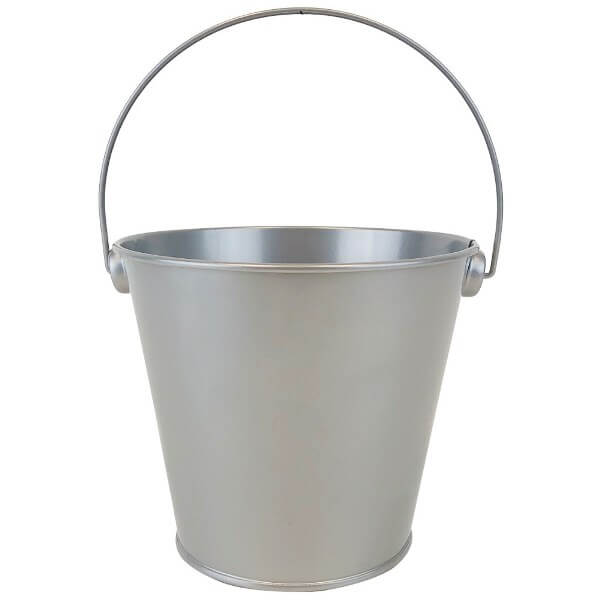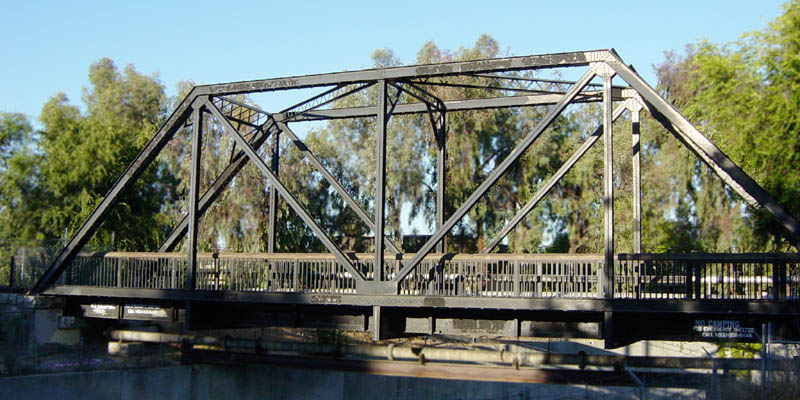The area of a trapezoid calculator quickly calculates the area of a given trapezoid by taking the input of a base and height that you define. All you need to do is enter the length of the trapezoid’s bases and height, and the calculator will instantly calculate the area and return it to you. Besides the area, the trapezoid calculator can also calculate the perimeter and the angles between the sides of a trapezium. In addition, you can calculate the area in different measurement units, such as square centimetres, square meters, square inches, square feet and more.
Do you want to explore all the aspects of a pentagon and calculate it, check out our in-depth Pentagon Calculator. Also, there is our Bilinear Interpolation Calculator, for you to learn more about this subject. Make sure to check out this Area of Crescent tool as well.
What is a trapezoid?
Trapezoid or trapezium is a two-dimensional quadrilateral geometric figure with four sides, of which one pair of them is parallel. Parallel sides are called bases, while non-parallel, we call legs. Trapezoid can also have parallel legs in some cases. The legs can be vertically or horizontally oriented. Suppose we draw a straight line from one side to the opposite. In that case, we call it an altitude (perpendicular distance) of a trapezium.
Depending on the angle and sides length, we classify trapezoids into 5 different categories:
1. Right trapezoid
Which has two angles of 90 degrees (right angle).
2. Isosceles trapezoid
Which has opposite sides of equal length
3. Scalene trapezoid
Which neither has equal sides nor equal angles.
4. Obtuse trapezoid
Which has one interior angle greater than 90 degrees
5. Acute trapezoid
Which has both angles, created by the longer base and legs, less than 90 degrees.
Origin
In the late 1560s, the term “trapezium” was first added to the English dictionary from the Greek language, which in its original form means “a little table, dining table”.
Trapezoid in real life
Okay, we are already familiar with trapezoids from the math perspective, but where can we find trapezoids in real-life scenarios? If you just look around yourself, you would definitely find trapezoidal shapes. Let me give you some examples:
Lamp

A perfect example of a trapezium with a pair of parallel and a pair of non-parallel sides.
Bucket

Another great example of the trapezoidal shape in real life – a bucket.
What are the properties of a trapezoid?
There are seven different quadrilaterals in coordinate geometry: parallelogram, rhombus, kite, rectangle, trapezoid, square, and isosceles trapezoid. However, each of them differs in terms of its properties. Thus, let’s mention some of the essential trapezoid features which make it stand out from other quadrilaterals.
Features:
- Every trapezoid has parallel lines called bases.
- The total sum of angles that lay next to each other equals up to 180 degrees.
- If both opposite sides of a trapezoid are parallel, we call it a parallelogram.
- Whether the both pairs of the opposite sides of a trapezium are parallel, all sides are of equal length, and all the angles are right (90 degrees), we call it a square.
- If we have two pairs of sides which are parallel, and the opposite sides are of equal length with right angles at each side, we call it a rectangle.
What is the area of a trapezoid?
The area of a trapezoid (square footage) is the number of how many square units we can fit into one trapezoid. So the number we get from the calculation mainly is expressed in square meters, square feet or square inches.
Ex. We have 10 square units, each of 1 meters length – square footage of that trapezoid is 10 square meters.
In a nutshell, the trapezoid area is the average of its parallel sides and multiplication of that number with the height of the trapezoid, which is the distance between two opposite sides.
How to find the area of a trapezoid?
Finding the area of a trapezoid has a pretty similar approach to finding the area of other quadrilaterals, such as rectangles or triangles. First, before we show the steps on finding a trapezoid area, we need to know the following parameters: the length of both parallel sides and the height of the trapezoid.
Once those parameters are known, we can find the square footage of a trapezoid by:
- Adding the lengths of two opposite sides (side a + side b)
- Find the perpendicular distance between side a and side b
- Multiply the distance by the addition of two mentioned sides
- Given results from the equation, divide by two, and it will return the square footage of the trapezoid.
Having known the steps of how the area of a trapezium is found, let’s see what the defined area formula is in coordinate geometry.
Area of a trapezoid formula
The way how calculators work, including our Area of a trapezoid calculator, is based on the following formula:
Area formula = (base 1 + base 2) \times height \div 2base 1 – shorter base
base 2 – longer base
height h – the perpendicular distance between opposite sides
Exception: If a trapezoid has both sides of equal length, then the formula gets even shorter, as follows:
Area formula = base \times heightbase – base 1 and base 2 (same)
height
We check which are the parallel lines of the given trapezium and find their sum. This is the base point when calculating the area of it. Then, we draw the line between the parallel lines, which is the trapezoid’s height. Next, divide that number by 2, and you will solve the trapezoid area.
Using the area of trapezoid calculator: an example
It’s always easier to explain some math calculations through a real-life example. Thus, in this section, let’s make a scenario and use the area of the trapezoid calculator to calculate the square footage of it.
Scenario: You are at a construction site and are given a task to inspect the bridge built recently. The truss bridge has its dimensions, and you are given the length and height of its sides. Your task is to calculate its area. How do we approach this task?

The longer side has a length of 16m, while the shorter side has a length of 12m. The distance between them is 4m. Let’s use the area formula to calculate it.
Note: This is just for example purposes, so I recommend you to use our calculator for it. It’s quick and reliable. Besides finding the area, you can also calculate the perimeter of a trapezoid and the angles between sides and legs.
A = (base 1 + base 2) \times height \div 2A = (16 + 12) \times 4 \div 2 = 56 square meters
Alternative scenario: If both sides were of the same length (12m), we could use the simpler formula:
A = 12 \times 4 = 48 square meters
How to find the perimeter of a trapezoid?
Generally, the term “perimeter” indicates the area within a particular geometric figure. It includes all the boundary lines (sides) of the figure and gives you the total sum of them. Now, applying this definition to trapezoid, we can say that the perimeter of the trapezoid is the total sum of all of its sides. Since the trapezoid has four sides, the perimeter equals the sum of its four sides. Let’s show it in the formula below:
P = a + b +c +dP – perimeter of the trapezoid
a, b, c, d – trapezoid sides
Example: Find the perimeter of the trapezoid with sides a = 8m, b = 6m, c = 3m, d = 4m
P = 8m + 6m + 3m + 4m = 21m